Roofing materials go beyond the shingles that passers-by can see. Roofing systems are made up of various components that all work together. If you are planning to have a roof replacement, it is crucial to know what is included to determine if it can meet your desired roofing.
This post will discuss the various roofing replacement components and manterials that we've uncovered.
Roof replacement includes:
- Decking
- Flashing
- Underlayment
- Drip edge
- Ice and water shield
- Asphalt shingles
- Ridge capping
- Vents
- Pipe boots
Each component of your roof serves an essential purpose in providing shelter from the weather. There are certain items, like decking and flashing, that you won't probably need to change.
However, obtaining a replacement roof means you also get new roofing accessories. Please keep reading to know a more detailed explanation about the components included.

What Does roof replacement Include?
If you are into complete roof replacement, it would be best to check your contractor for the following inclusions:
1. Roof decking
Decking is your roof's framework. And decking is the lumber utilized to construct the rafters on your roof. These boards support shingles and other components.
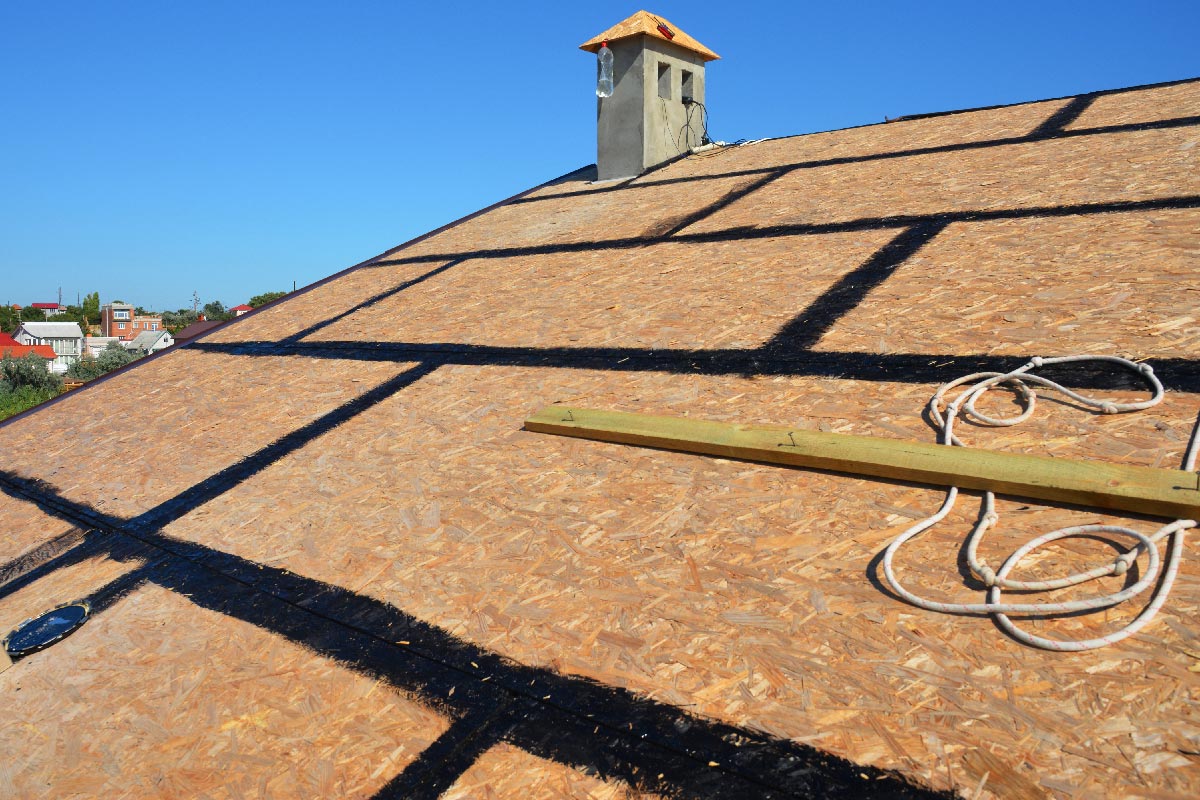
You may need to change your roof's decking to a new one when you get a roof replacement. When the roofing company removes your old roof, only then will they determine if a new roof decking is necessary.
You might expect your roofer to replace faulty or rancid boards before proceeding with the rest of the roof's installation. If the decking is in good shape, however, your asphalt roof should be okay to put.
2. Roof flashing
Flashing is the metal in the valleys and around the edges of your roof where the shingles meet a wall or chimney. It's possible that a new asphalt roof won't need to replace the flashing.
Do not worry about replacing your flashing if it has not rusted and the metal is still in good condition. However, you must change it if it is broken, corroded, or if you are switching from three-tab to dimensional asphalt shingles.
If your flashing isn't rusting and the integrity of the metal is still strong, then it won't need to be replaced. However, if it's damaged, deteriorated, or if you're upgrading from a three-tab to dimensional asphalt shingles, you will need to replace your roof flashing.
3. Underlayment
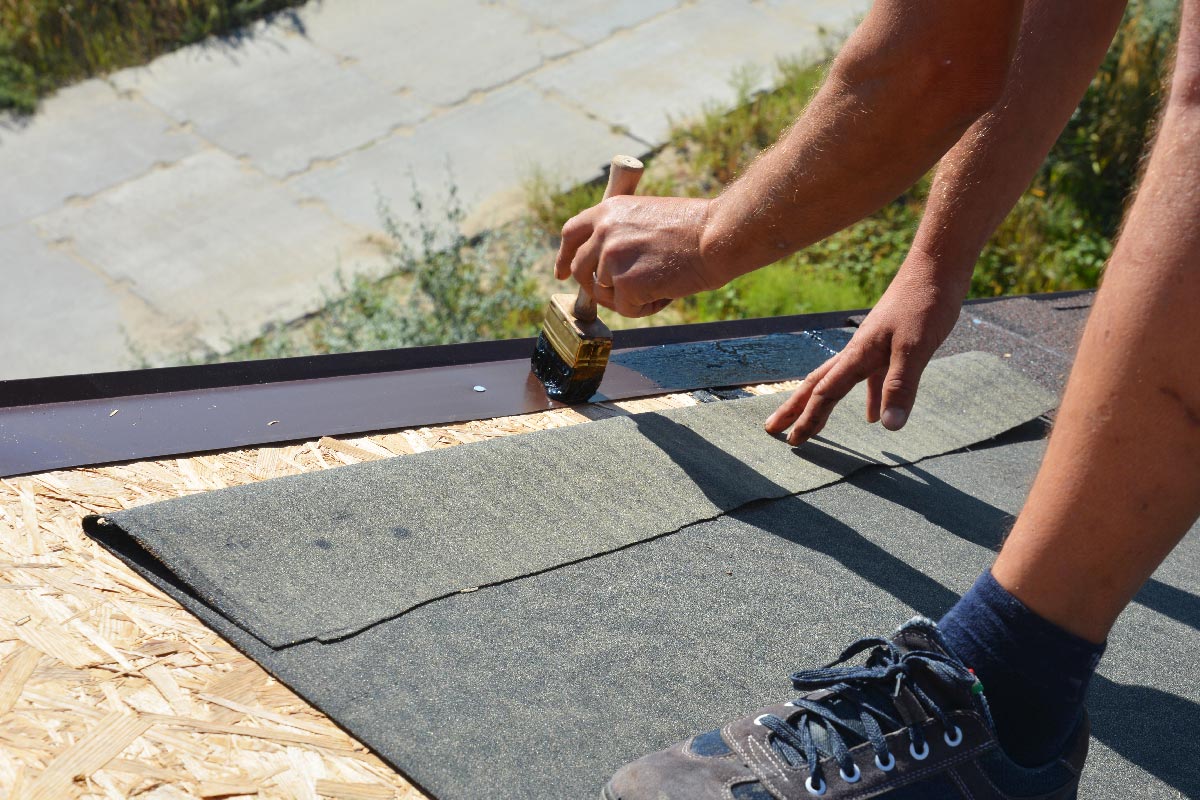
Underlayment is a protective layer of felt that spreads over your decking. That's why it's such an essential part of your roof. You can't just repair your roof without also replacing the underlayment. It can be 15 pounds, 30 pounds, or synthetic.
Underlayment is the final layer of protection for your roof decking, so keep that in mind. Using high-quality materials for your roof is vital.
4. drip edge
The metal flashing known as a drip edge is positioned at the roof's borders to assist in directing water flow opposite from your fascia and other roofing components.
If you purchase an asphalt roof, we strongly recommend fixing the drip edge simultaneously. It would be best to correct it appropriately to avoid the risk of failing the house inspection.
If, for instance, you select a contractor who skimps on details like installing your drip edge, you'll have to make those repairs before you can list your property for sale.
5. Ice and water shield
Roof valleys are essential to moving water in the correct direction down your roof. As a result, they require some kind of safeguard against the relentless onslaught of rainwater.
The protective membrane known as an "ice and water shield" is your best bet to keep your roof safe from ice and water.
You must put new ice and water shield around roof penetrations and in roof valleys when changing your roof to a fresh one. Additionally, keeping the roof free of debris includes clearing up the valleys.
If you don't, water will seep through your roof's decking or run across your shingles. Keep in mind that it's crucial maintaining your roof, and you must ensure that these valleys are always free of debris.
6. Asphalt shingles
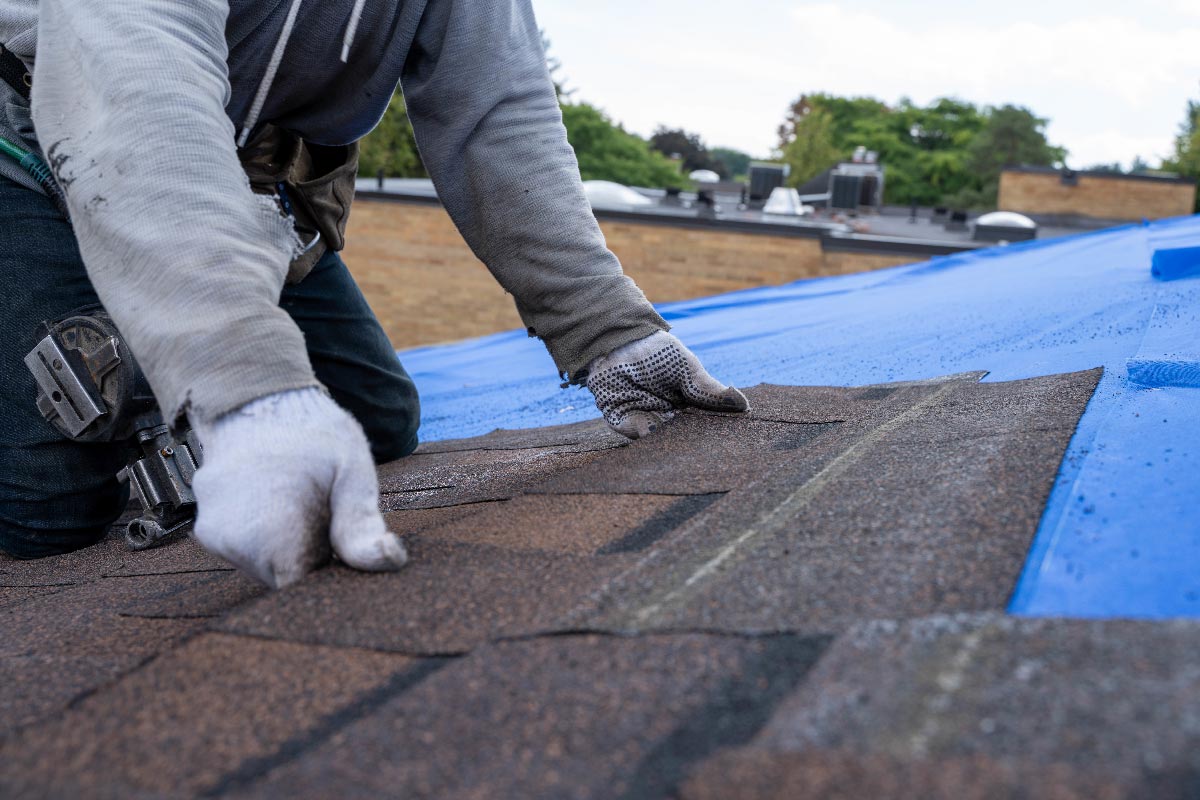
Shingles are the outermost and most easily replaced part of your roof. And it is why most homeowners only consider replacing the shingles when they need a roof repair.
Your roof replacement will most certainly involve new shingles. But, please be advised that proper roofing procedures are essential for the appropriate installation of your shingles.
7. Ridge capping
The apex of a roof is sometimes adorned with decorative trim known as ridge capping. They're pre-bent to conform to your roof's ridges and are thicker than standard shingles.
Roofing work that includes replacing the ridge capping is considered complete. Moreover, it would be best not to trust roofers who suggest using cheap three-tab asphalt tiles for ridge capping. They aren't intended for this and might lead to a leaky roof if used in this way.
Before signing off on a roofing quote, double-check with the contractor if the deal includes real ridge capping.
8. Roof vents
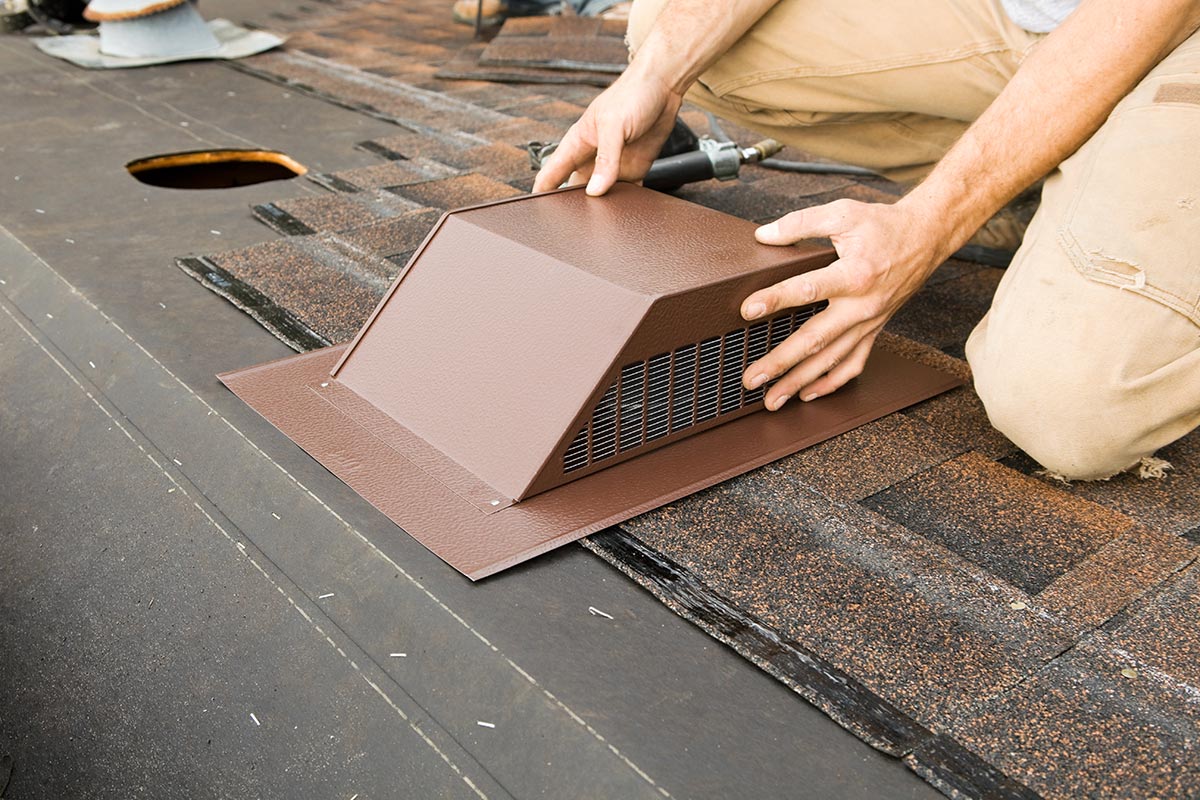
Due to the extreme temperatures that can build up in an airless attic, expect that it can severely shorten the lifespan of your roof. Your roof vents prevent this by ensuring adequate ventilation in your attic.
That implies that the replacement of your roof includes the roof vents. And you can continue using the same type of vents or switch to a different kind.
9. Pipe boots
It is necessary to cover the roof pipes to prevent water from entering the house through these openings. In situations like this, pipe boots are beneficial.
For the purpose of preventing leaks, your roof should have pipe boots made of synthetic rubber and wrap around any roof penetrations. Whenever you have a new asphalt roof, it would be best to obtain new ones as well.
Be on the lookout because a roofing contractor views damaged pipe boots as one of the most prevalent sources of leaks. As a result, it is absolutely necessary to do routine roof maintenance that includes an assessment of your pipe boots.
How to determine if your roof needs replacement
Several indicators might point you to the necessity of replacing your roof. Some of these are straightforward to identify, while others would need more inspection:
Old age
An aging roof will begin to show signs of wear and tear around the 25-year mark. When this time comes, it's time to consider replacing your roof.
Knowing how old your roof is and what kind of materials it includes is essential, so review your home renovation documents. To put it simply, not all roofing materials age as gracefully as others.
Visible warping or buckling
Often, sunlight is to blame for warping and buckling shingles. See if there are any sun exposure issues with the roof's sloping areas. If there is visible warping, you may want to consider changing them to a new one.
Damaged roof valleys
Roof valley damage can compromise the safety and stability of your property. In this way, they contribute to proper drainage by directing precipitation into downspouts. Leaks become an issue if this section of the building begins to show signs of deterioration.
Check the gullies to see whether they've been damaged. The demand for roof repair or replacement increases in the event that shingles are missing or damaged.
Old Flashing
Flashing is also a vital component of the drainage system of your roof. The flashing might be a problem if it was created using cement or tar many years ago. If you need a replacement, metal flashing is both cost-effective and long-lasting.
Shingle Granules In The Gutters
As asphalt roofs age, they shed granules, which eventually end up in the gutters. If you see granules in your roof's gutters, it's probably time to get a new one. Another clue that your shingles are missing granules is if they have turned a dark or uneven tint.
Sunlight Streaming Through The Roof
Sunlight pouring into the attic is a sure sign that you need a new roof.
The Roof Is Drooping
A drooping roof is an indication of a significant structural problem and should prompt the rapid replacement of the roof. There may be an issue with the roof decking or the foundation. To prevent further damage to the roof, it is critical that you resolve this issue as soon as possible.
Moisture problem
Moss, mold, and fungi growing on your roof are all signs that you may have a moisture problem. This moss will not only make your roof appear bad but may also cause serious harm if left unchecked.
If moss is growing on your roof, it would be best to replace it immediately. Algae growths, which can appear as dark spots on your roof, are another common indicator that it's time to get a new roof.
How Long Roof Replacement Takes
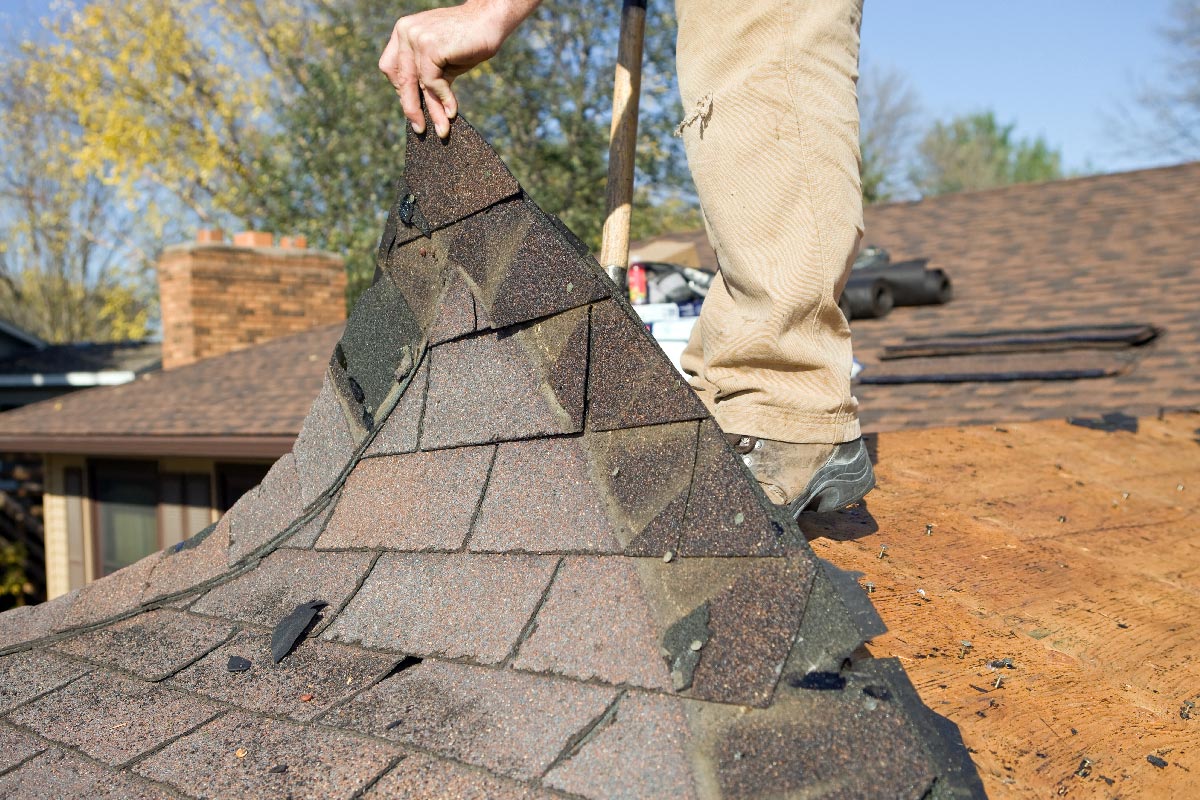
Because of the inconveniences that might arise from a roof replacement, it's crucial to have a reasonable estimate of how long the job will take. Removing and replacing old asphalt shingles with new ones can take as little as one day.
However, there is a wide range of variability in length that you must take into account, and they are:
- Roof Materials
- Roof Dimensions
- Roof Decking Type
Summary
Before proceeding with the roof replacement process, it would be best to ask your roofing contractor for the inclusions of the deal. Confirming the details will help you determine whether or not it will fulfill your ideal roofing materials and satisfaction.
We hope you find this post helpful. Please leave a comment if you have additional questions. Also, check the post below for further reading, and watch out for more posts coming!



